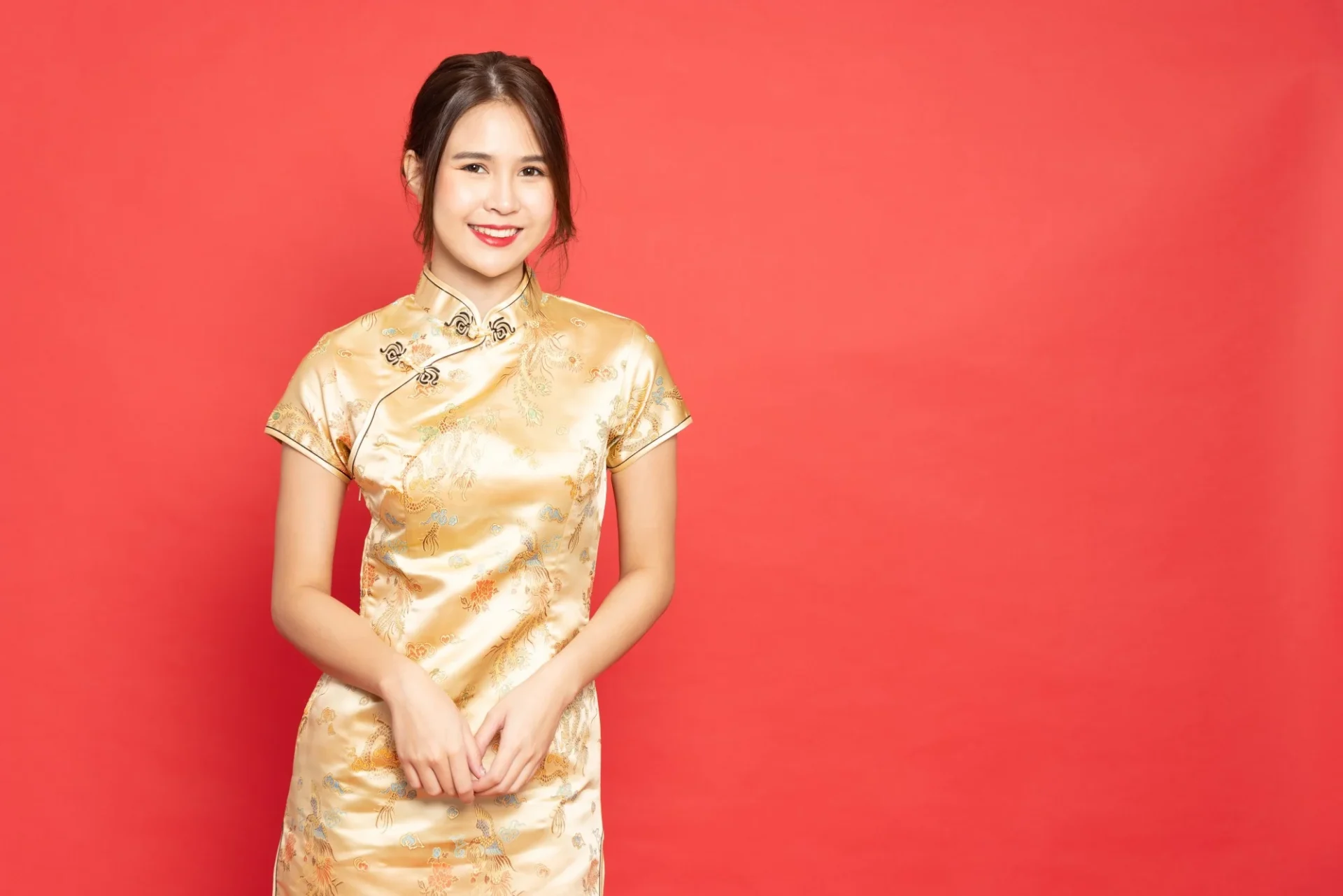Celebrating Chinese New Year, also known as Lunar New Year, is an event filled with rich cultural significance, and fashion plays a pivotal role in this festive occasion. The traditions surrounding attire are deeply rooted in Chinese culture, symbolizing fresh beginnings, good fortune, and prosperity. As we prepare to usher in the New Year, understanding these sartorial customs can enhance the festive experience, making it more meaningful and joyous. The essence of Chinese New Year’s fashion lies in the word “new.” The tradition of purchasing and wearing new clothes is a tangible expression of starting anew. This act is believed to sweep away the old and welcome the new, paving the way for a year filled with luck and success. The newness of the attire is a metaphor for a clean slate, allowing individuals to step into the New Year refreshed and rejuvenated. While contemporary fashion trends influence Chinese New Year’s clothing, traditional attire still holds a significant place. Men often choose Tang suits, an ensemble that pays homage to the Tang dynasty. These suits are characterized by their upright collars and unique button designs, offering a look that is both elegant and deeply rooted in history.
Women, conversely, gravitate towards the qipao or cheongsam, a legacy of the Qing dynasty. This form-fitting dress, known for its high collar and graceful silhouette, often features exquisite embroidery, showcasing the wearer’s femininity and elegance. These traditional garments not only honor historical fashion but also connect wearers to their cultural heritage.
In modern times, the approach to Chinese New Year’s fashion has evolved. Many now prefer contemporary clothing, integrating traditional elements to maintain a connection to cultural roots. The most significant of these elements is the color red. In Chinese culture, red symbolizes good luck and joy. Integrating red into outfits, even down to underwear, is a common practice to attract positivity in the New Year.
Besides red, other auspicious colors like gold and yellow are popular choices. These hues represent wealth, prosperity, and even royalty. Conversely, black and white are traditionally associated with mourning and are generally avoided during the New Year festivities to prevent attracting misfortune or inadvertently offending others during this auspicious time.
Interestingly, customs around Chinese New Year extend to hairstyles and footwear. While there are no strict rules regarding hairstyles, it is customary not to wash your hair on the first day of the New Year. This belief stems from the idea that washing could inadvertently wash away good fortune. Similarly, getting a haircut during the New Year period is discouraged, as the word for ‘hair’ sounds like ‘fortune’ in Chinese, and cutting it could symbolize cutting away wealth.
Footwear also has its own set of traditions. For Cantonese speakers, the word for ‘shoe’ sounds similar to a sigh, and as such, buying new shoes during the New Year period is not advised. It’s believed that new shoes could bring reasons to sigh or lament, an inauspicious start to the year. In conclusion, fashion during Chinese New Year is more than just a matter of style; it is a blend of cultural practices, beliefs, and traditions. Whether one chooses traditional attire or opts for a modern interpretation with cultural nods, the key is to celebrate the spirit of the New Year with respect and joy. By understanding and embracing these customs, we not only participate in a centuries-old tradition but also contribute to its ongoing evolution and relevance in today’s world.
READ MORE:
